Long Beach, CA
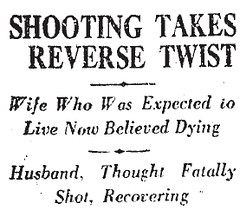 Fred and Lela McElrath had been married for 25 years, and raised three children together, now grown. But just as the couple should have been settling down into contented empty nesthood, a violent disagreement nearly destroyed it all.
Fred and Lela McElrath had been married for 25 years, and raised three children together, now grown. But just as the couple should have been settling down into contented empty nesthood, a violent disagreement nearly destroyed it all.
Fred wanted to leave Long Beach for Freewater, Oregon, where they owned a ranch; however, Lela was determined to stay put. She moved out of their home at 45 Atlantic Avenue, and Fred spent nearly a week trying to track her down. On March 18, they finally agreed to meet at a neutral location, their daughter’s home at 32 Neptune Place, and try to talk things through.
However, Lela refused to reconsider, and walked away from the argument. As she was descending the stairs in her daughter’s house, Fred pulled out a gun and shot her twice in the back before turning the gun on himself, firing into his mouth. The shots didn’t kill Lena, and when she was admitted to Seaside Hospital, it was assumed that she would recover. However, Fred was barely clinging to life, and in fact, police arriving on the scene initially believed him dead.
Today, things looked drastically different. A bullet was lodged behind Fred’s left ear, but doctors expected that he would make a full recovery — and in all likelihood, be left to stand trial for his wife’s murder. The shots fired into his wife’s back had punctured her right lung, and she was not expected to live. Authorities stood watch at Fred’s bed, waiting to charge him either with murder or attempted murder.
Shockingly, the story has a moderately happy ending. On April 11, a frail Lena McElrath, appeared at her husband’s preliminary hearing and was helped to the stand by her son, where she made an impassioned plea on Fred’s behalf.
"I do not want to testify against my husband, nor do I want him prosecuted. I believe our trouble was caused as much by me as by my husband. I want to go back to him and begin all over."
Judge Stephen G. Long agreed she should have that chance, saying, "This is a very remarkable affair, but if both parties are willing to forgive and forget and to endeavor to patch up their broken lives, I think the kindest thing for this court to do is to give McElrath a chance."
The charge was dismissed, and the McElraths left the courtroom with their arms wrapped around each other. Lena’s wounds were expected to heal completely with time, though Fred would be forever incapacitated by the bullet, still lodged near his spine.





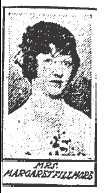 Mr. and Mrs. Hugh Fillmore will not be among the celebrants. Margaret Fillmore has filed for a divorce. Their love has turned as cold as a stone floor.
Mr. and Mrs. Hugh Fillmore will not be among the celebrants. Margaret Fillmore has filed for a divorce. Their love has turned as cold as a stone floor. 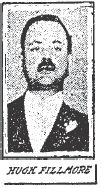 Hugh was thinking only of the advertising potential of having the tile in his home, especially since his sister-in-law was the actress
Hugh was thinking only of the advertising potential of having the tile in his home, especially since his sister-in-law was the actress 


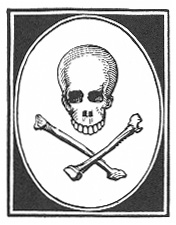

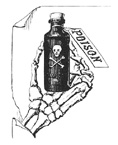

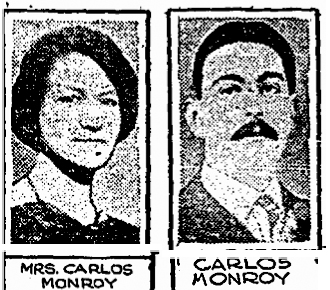

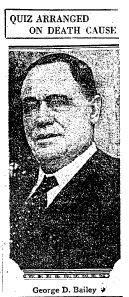
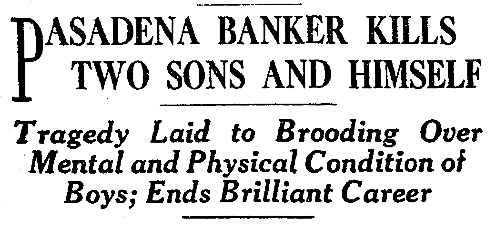

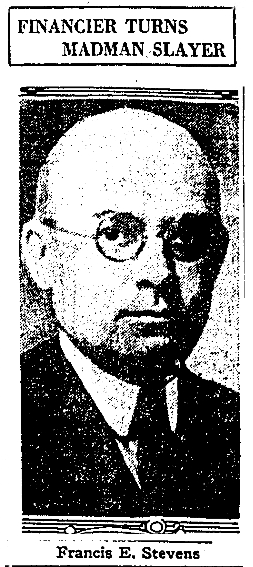 December 8, 1927
December 8, 1927 They walked and talked along the shady paths and across sun-dappled lawns until they came to the tennis court in the rear. It was 12:15 when father pulled out and brought a pistol to his son’s temple and fired. He was then seen sliding the barrel into his mouth and pulling the trigger, his body crumpling directly next to his son’s.
They walked and talked along the shady paths and across sun-dappled lawns until they came to the tennis court in the rear. It was 12:15 when father pulled out and brought a pistol to his son’s temple and fired. He was then seen sliding the barrel into his mouth and pulling the trigger, his body crumpling directly next to his son’s.